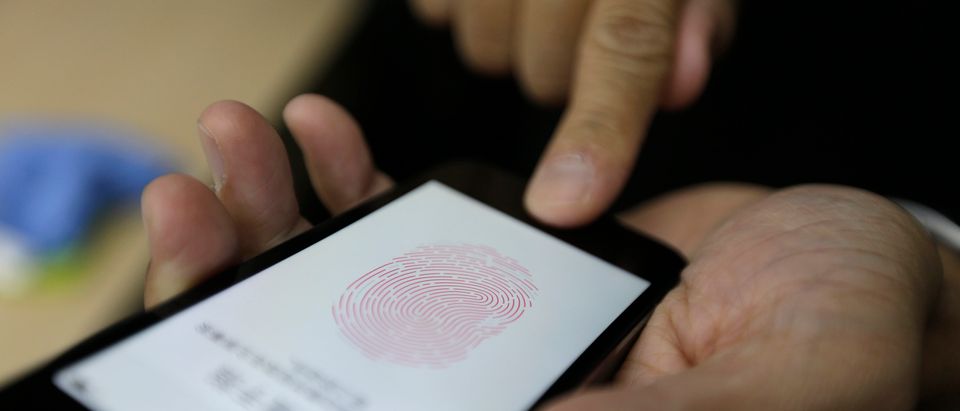As smartphones’ capabilities continue to expand, it’s easy to take for granted the cellular networks they rely on to talk, text and access the Internet.
But during hurricanes, tornadoes, floods, wildfires and other natural disasters, cell towers are vulnerable. Increases in call volume linked to the disaster often cause network congestion, making communication difficult. After Superstorm Sandy struck the eastern seaboard in 2012, for example, carrier overload blocked many users from getting information through cellular devices.
When cell service is down, FM radio stations serve as a lifeline, broadcasting vital evacuation instructions, weather updates, and other information to affected communities. Powered by backup generators, local radio stations may be the only means of communicating lifesaving information during a crisis.
Every year, FM radio stations play a crucial role in disaster relief efforts all around the country. When Hurricane Isaac made landfall in 2012, most of New Orleans was deprived of power for several days, disabling cell phone service across the city. As disaster relief operations got underway, local radio stations broadcasted 24 hours a day, providing critical information and comfort to the city’s residents. Similarly, in 2017, after several hurricanes left 91 percent of Puerto Ricans without cellular coverage, many residents relied on local radio stations for emergency information.
But research by the Centers for Disease Control reveals that millions of American households — nearly 25 percent, in fact, do not own a working battery-powered radio.
That’s where smartphones come in. Most smartphones (which could be found in 84 percent of households in 2016, and probably more today) are equipped with built-in FM antennas, allowing users to access radio signals by simply downloading an app. Enabling FM radio capabilities comes at virtually no cost, either to consumers or the manufacturing industry.
The value of radio-enabled smartphones was demonstrated when Hurricane Irma hit southern Florida last year, leaving millions without power. In the aftermath of the storm, many residents used their smartphones to listen to FM radio alerts. In Miami, an app that allows smartphone users to listen to radio broadcasts saw listener counts spike 8.5 times compared to the week before the storm. In the Fort Myers region, the number of listeners was up 11.3 times.
Despite the important role smartphones play in tapping into radio broadcasts during emergencies, some technology manufacturers have chosen not to enable this capability on their devices, preventing some users from accessing the radio antennas inside their phones.
Federal Communications Commission Chairman Ajit Pai has repeatedly called on the wireless industry to activate the FM chips that are already installed in almost all smartphones sold in the United States, specifically citing the public safety benefits of doing so.
Last year, Craig Fugate, former head of the Federal Emergency Management Agency, also urged smartphone manufacturers to make these capabilities accessible to their customers. “During my career in emergency management … I consistently witnessed local broadcasting’s public safety role during times of emergency,” he wrote.
Manufacturers should do all they can to make this technology even more widely available to consumers. When disaster strikes, the ability to access FM radio messages on a smartphone may be the difference between life and death.
Liam Sigaud writes for the American Consumer Institute, a nonprofit educational and research organization. For more information about the Institute, visitwww.TheAmericanConsumer.Org.
The views and opinions expressed in this commentary are those of the author and do not reflect the official position of The Daily Caller.


